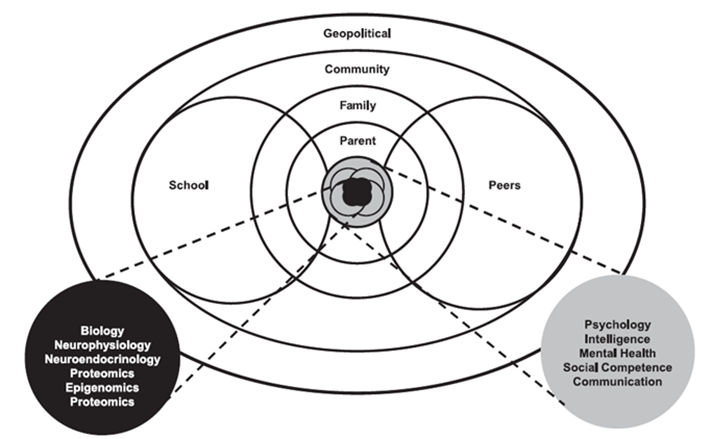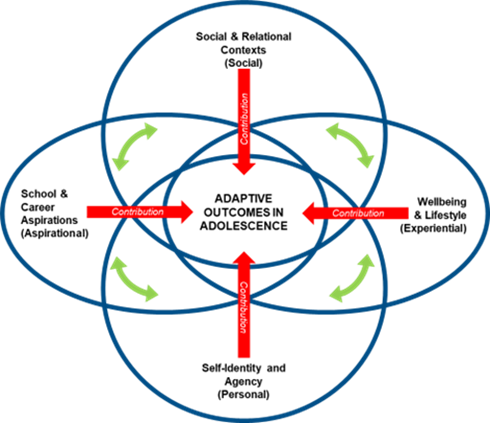Conceptual Framework
A comprehensive theoretical model of development is important to provide an overarching framework to address the dynamic and reciprocal interactions between an individual and their immediate and broader social environment. Such a perspective underscores the importance that development is viewed as an active, complex system where individuals and their environment mutually influence each other over time. In his unified theory of development, Sameroff (2010) integrates four models of developmental change that are necessary in order to understand how human development and growth occur. They are: personal change (i.e., the developing individual), contextual (i.e., structural factors that promote or constrain development and growth), regulation (i.e., interaction with the environment which starts off as primarily biological, but over time evolves to include psychological and social regulation), and representational (i.e., interpretation of real world interactions and experiences that constitutes a significant aspect of the child’s lived reality). The figure diagrammatically illustrates Sameroff’s (2010) proposition that the four models of development be considered holistically and transactionally as a unified theory which “offers a comprehensive view of the multiple parts, wholes and their connecting processes that comprise human development” (p.12). The individual (the centre) is composed of an array of interacting biological and psychological environmental processes that overlap with the social ecology at large, that is, the child’s parents, peers, friends, community, the school and the wider geopolitical system. In direct terms, the model encompasses the biological and psychological aspects of the self system, dynamically interacting with the social ecology of the child’s lived experience across time.
Constructs of Interest
DREAM’s operational framework will feature four key domains – Social, Aspirational, Personal and Experiential – as shown in the Figure. DREAMS investigates the stability and change in patterns of these domains over time. Additionally, the influences of childhood, special education needs and financial disadvantage will be considered across several sub-study projects.





